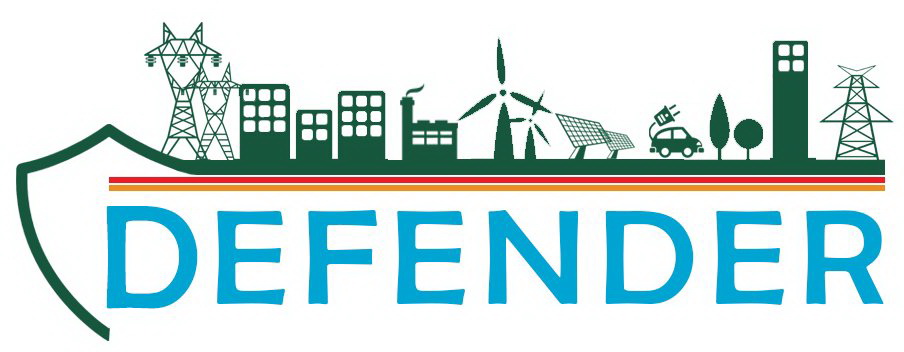TThe Defender project aimed to identify risks to critical energy infrastructure and its services, prepare an information environment for early identification of risks, and raise employee awareness of measures to reduce them. The project's main challenge was to develop the next generation of critical infrastructure that will be more resistant to a combination of physical and cyber-attacks and to ensure the uninterrupted operation of the power system in the event of such attacks. The project's strategic goal was to test and integrate various technologies and operational procedures and develop a new approach in dealing with cyber-physical threats.
In the first phase, we analyzed the risks due to physical, informational, and human factors. In the second phase, we collected information from various information sources into a central database, analyzed it, and looked for interdependencies between them to detect risks.
Three scenarios were tested on ELES infrastructure. In the first scenario, we focused on using an optical network to assess the condition of the power line in the face of risk factors such as hail and other natural inconveniences. In the second scenario, we focused on the lack of coordination between cyber and physical security. In the third scenario, we examined the possibilities of using drones in power system devices' vicinity.
The use of solutions developed within the Defender project enables proactive and preventive protection of the electricity infrastructure and the transfer of knowledge to other stakeholders in the electricity system - from generation, distribution systems to end-users. It also enables the transfer of experience gained to decision-makers and regulators. The solutions developed by the technical partners have been tested in the transmission network environment and at the level of electricity generation and distribution, which consequently reduces the risks on the entire electricity critical infrastructure. Which, of course, brings more comprehensive social benefits. We know that the power system is a connected whole, and an attack on one part of the system could significantly jeopardize the operation of the remaining parts of the system.
Participation in the project was important for ELES mainly due to a better understanding of the combination of cyber-physical attacks. The project's findings have contributed to improving risk assessment and attack management procedures in complex cyber-physical systems and collaboration between different security platforms and departments in the company. ELES has already implemented some solutions in its organization.
Project Profile
- Duration: 2017 – 2021
- Project value: EUR 6.79 million (co-financed by the European Commission; total project value is EUR 8.89 million)
- Value of ELES's activities: EUR 331,500 (of which EUR 232,050 in grants)
- Source of funding: Horizon 2020 programme (European Commission)
- Partners: ASM TERNI, DR FRUCHT SYSTEMS, ELES, E-LEX - STUDIO LEGALE, ENGINEERING - INGEGNERIA INFORMATICA, INEO ENERGY AND SYSTEMS, INSTITUT JOŽEF STEFAN, INSTITUT ZA KORPORATIVNE VARNOSTNE ŠTUDIJE LJUBLJANA, MINISTERO DELL'INTERNO, POWER OPERATIONS, RHEINISCH-WESTFAELISCHE TECHNISCHE HOCHSCHULE AACHEN, SIEMENS SRL, SINGULARLOGIC ANONYMI ETAIREIA PLIROFORIAKON SYSTIMATON KAI EFARMOGON PLIROFORIKIS, STUDIO TECNICO BFP, TECHNOLOGIKO EKPEDEFTIKO IDRIMA STEREAS ELLADAS, THALES, UNINOVA-INSTITUTO DE DESENVOLVIMENTO DE NOVAS TECNOLOGIASASSOCIACAO, VENAKA MEDIA
- Participating countries: France, Greece, Italy, Israel, Germany, Portugal, Romania, Slovenia, Great Britain
- Website: www.defender-project.eu/

